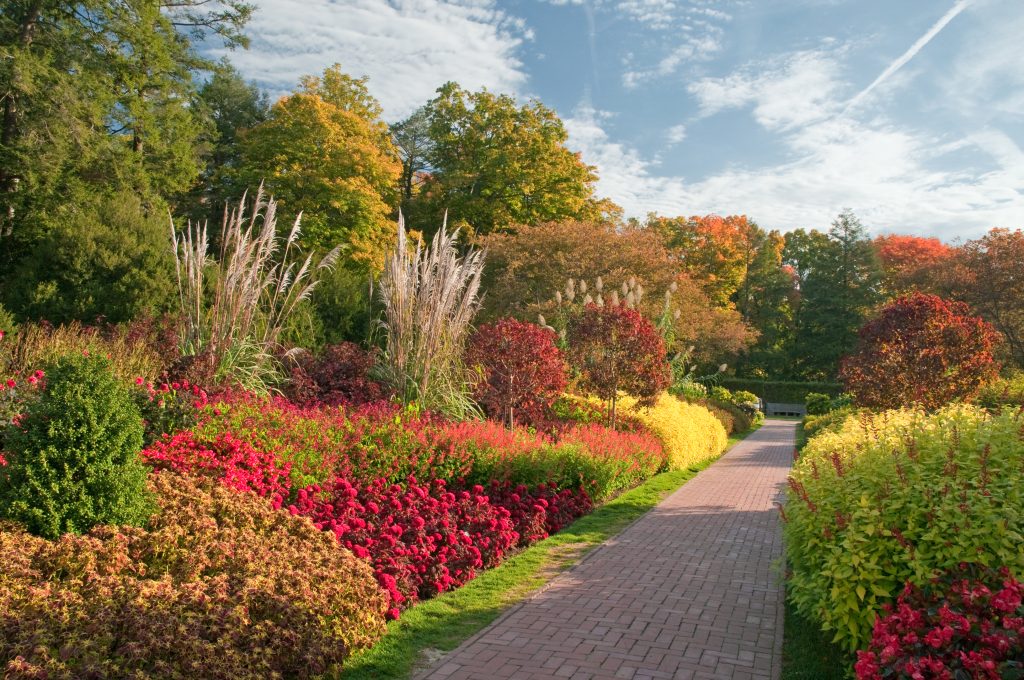GLASNEVIN, DUBLIN 9
One of the unsung jewels of Dublin City are its delightful Botanic Gardens set in the Northside suburb of Glasnevin, an oasis of calm and beauty just 5km from the city centre. In 1790, the Irish Parliament, with the active support of The Speaker of the House, John Foster, granted funds to the Dublin Society (now the Royal Dublin Society), to establish a public botanic garden, and in 1795, the Gardens were founded on lands at Glasnevin.
Its original purpose was to promote a scientific approach to the study of agriculture. In these early years, it demonstrated plants useful for animal and human food and medicine and for dyeing but it also grew plants that promoted an understanding of systematic botany or were simply beautiful or interesting in themselves. By the 1830’s, the pursuit of botanical knowledge became the main focus of the Gardens, facilitated by the arrival of plants from across the globe, and by 1838, the basic shape of the Gardens had been established. The ever increasing plant collection and especially those from tropical areas demanded more and more protected growing conditions and so glasshouse accommodation was developed.

The Curvilinear Range of glasshouses dating from 1843 to 1869 by Richard Turner, are the most significant wrought and cast iron buildings in Ireland and are one of the most important nineteenth century glasshouses surviving in Europe today. Exquisitely restored and planted, Turner’s glasshouses reflect the industrial age in its most advanced form. Notably the Turner Curvilinear Range and the Great Palm House, were both recipients of the Europa Nostra award for excellence in conservation architecture. Today, the Gardens are renowned for their fine plant collections, comprised of more than 15,000 plant species and cultivars from a variety of habitats from around the world.
Visitors can enjoy such features as the herbaceous borders, rose garden, the alpine yard, the pond area, rock garden and arboretum. Conservation plays an important role in the life of the botanic garden and Glasnevin is home to more than 300 endangered plant species from around the world including six species that are already extinct in the wild. Afterward, you can enjoy a pint in “The Gravediggers”, found on De Courcy Square, next to Glasnevin Cemetery. While the name above the door is “Kavanagh’s” is known to Dubliners as “The Gravediggers”. By tradition families of the deceased would leave money here for the gravediggers to have a drink which they collected from the pub through a hole in wall between the pub and the graveyard, hence the nickname! Exploring The National Botanic Gardens, the sights and aromas, you realise just how much flora the world has to offer.




